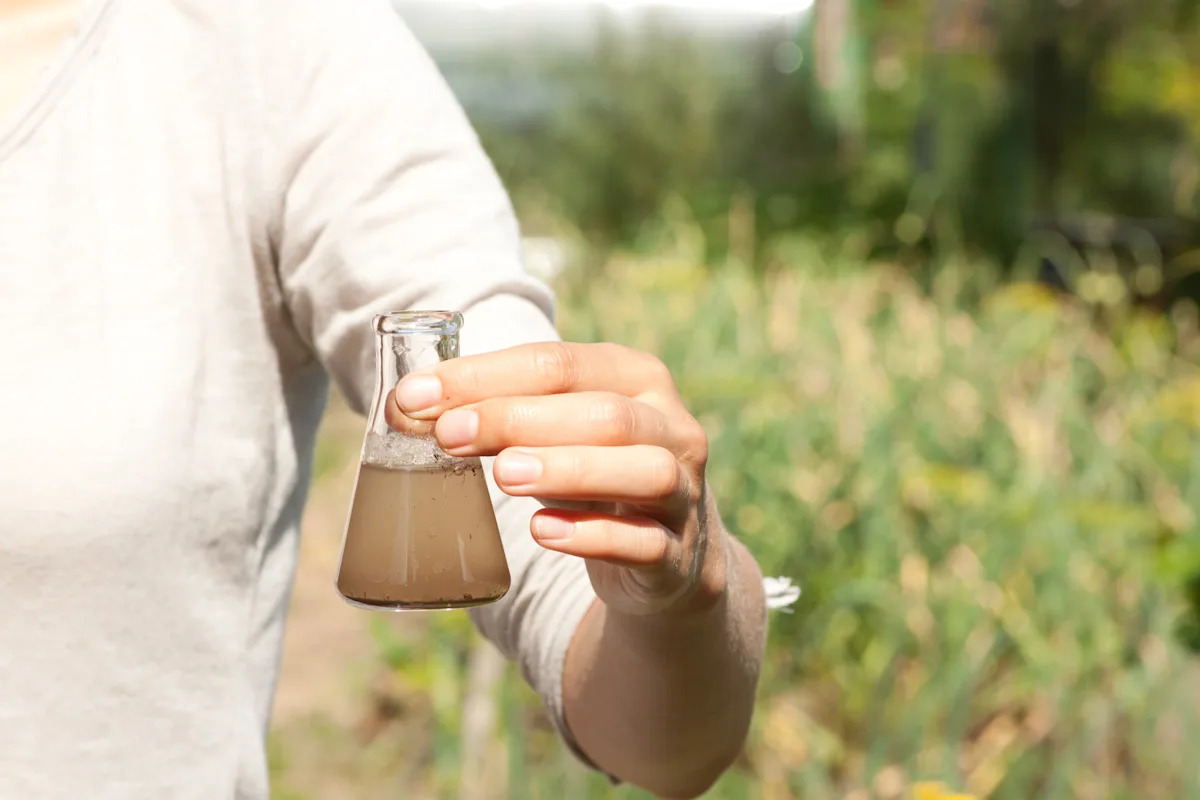Taking inspiration from the human body, scientists might have cracked the code on how to easily find out if water has been contaminated.
According to new research by the National University of Singapore (NUS) covered by Tech Xplore, a new device may be able to vastly improve the way we monitor and manage the quality of our water.
Human skin has an oily protective layer known as sebum, which inspired ReSURF, the material invented by the researchers at NUS.
Humankind depends on clean water to survive, and ReSURF could be a way to ensure that it becomes more accessible, as well as creating a monitoring method that is kinder to the planet.
A thin layer of the ReSURF material covers a sensor, which can analyze and differentiate the electric signals of different types of pollutants in water droplets. Different contaminants create different readings, meaning that scientists can easily identify when water samples are tainted.
Associate Professor Benjamin Tee commented per Tech Xplore, “The ReSURF sensor can detect various pollutants, such as oils and fluorinated compounds, which are challenging for many existing sensors.” He went on to say that the material is self-powered, self-healing, reusable, and recyclable.
Many existing water monitoring systems are pricey, slow, often have limited reusability, and need specialist instruments or bulky lab equipment, according to Tech Xplore. In comparison, ReSURF can detect water pollutants in around 6 milliseconds, which is around 40 times faster than the blink of an eye.
While it can be used to monitor water supplies in rivers, lakes, and reservoirs, it can also check on the safety of water in agricultural settings, like rice fields. Beyond that, wastewater management could be revolutionized by using ReSURF monitoring in industrial settings and sewage plants.
This will have a major positive impact on making sure access to clean water is more readily available, while also not creating more pollution. Since ReSURF is reusable and recyclable, it is a great example of tech advancements taking the planet into consideration.
Professor Tee commented, “We envision this platform as a foundation for the development of more intelligent and responsive water quality monitoring systems.”
Join our free newsletter for weekly updates on the latest innovations improving our lives and shaping our future, and don’t miss this cool list of easy ways to help yourself while helping the planet.
